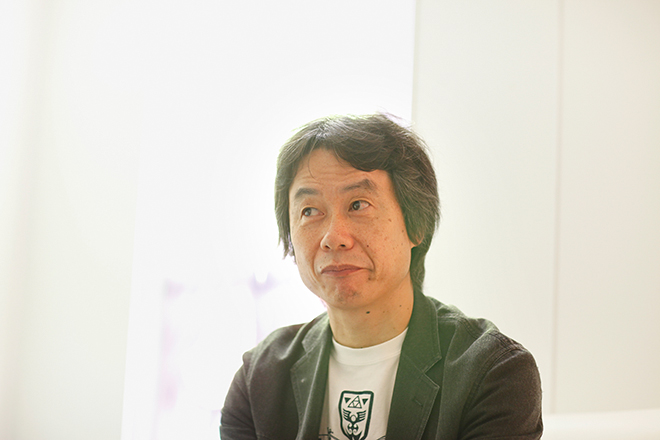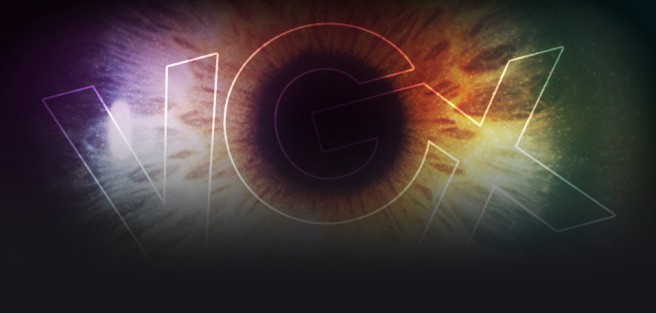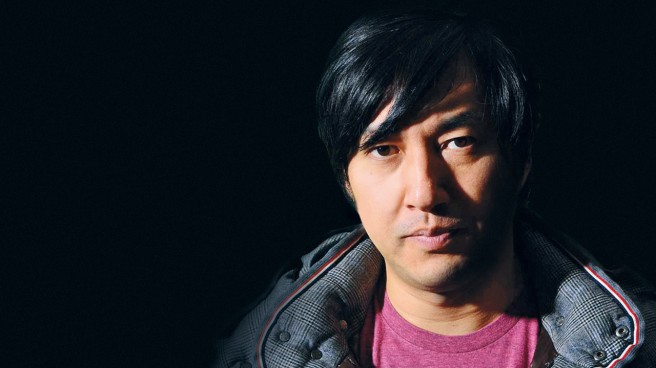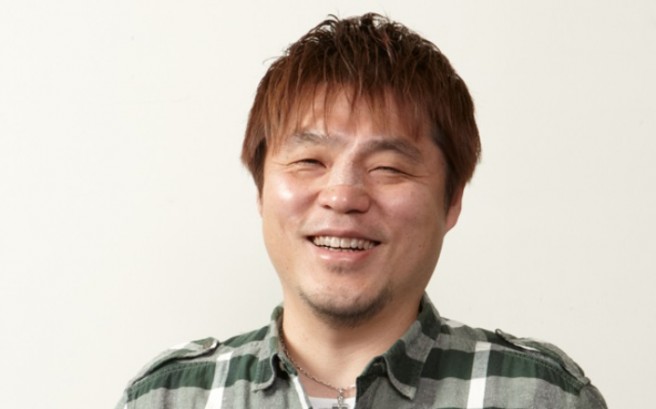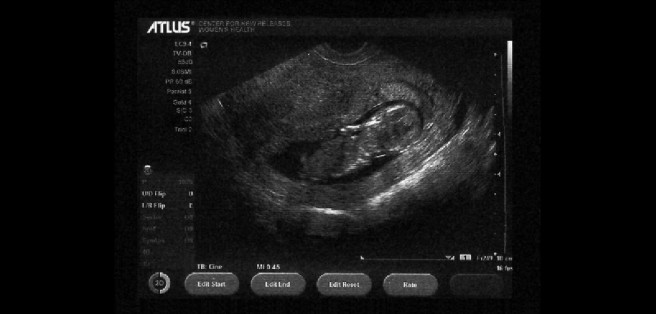Shigeru Miyamoto is now 61 years old
Posted on 12 years ago by Brian(@NE_Brian) in General Nintendo, News, Podcast Stories | 6 Comments
Shigeru Miyamoto is celebrating his 61st birthday today. Miyamoto, the creator of Mario, Zelda, and plenty of other Nintendo franchises, was born on November 16, 1952.
With that, Happy Birthday, Shigeru Miyamoto!
More: Shigeru Miyamoto
Zelda: A Link Between Worlds vs. Zelda: A Link to the Past video comparison
Posted on 12 years ago by Brian(@NE_Brian) in 3DS, General Nintendo, Videos | 0 comments
A few more VGX details
Posted on 12 years ago by Brian(@NE_Brian) in General Nintendo, News | 2 Comments
The official VGX website reveals a few more details about the upcoming show.
This year, the newly-renamed video game awards event will be streamed online. You’ll be able to watch the proceedings on Xbox One, Xbox 360, PlayStation 3, Twitch, iOS and Android devices, and globally on VGXLIVE.com, Hulu, Yahoo Screen, the Yahoo Screen app and Viacom properties Spike.com, ComedyCentral.com MTV.com, MTV2.com, BET.com and GameTrailers.com.
Video game fans can expect the typical world-premiere trailers and announcements, along with game demos, one-on-one interviews, and panels in an “intimate studio setting.”
VGX can be watched on December 7 at 6 PM ET / 3 PM PT. Spike TV will air highlights of the show as “VGX Replay” on December 9 at midnight.
Pokemon Origins episode #1 lands on Pokemon TV
Posted on 12 years ago by Brian(@NE_Brian) in General Nintendo, News | 1 Comment
The first episode of Pokemon Origins is now available in English. It can now be seen through Pokemon TV.
The first episode of Pokémon Origins is now on #PokemonTV! http://t.co/GY3fuwSewd pic.twitter.com/ZmDIMEUeJq
— Pokémon (@Pokemon) November 15, 2013
Pokemon Origins is different than the typical Pokemon anime in that it connects directly to the Red/Blue video games.
More: Pokemon, Pokemon Origins, top
Suda51 says his games are possible for Nintendo platforms, Big N is “always very important to us”
Posted on 12 years ago by Brian(@NE_Brian) in 3DS, General Nintendo, News, Wii U | 5 Comments
Suda51’s games haven’t been on Nintendo platforms in recent years. We did see Liberation Maiden on 3DS, but that’s about it. Suda51 hasn’t put out any of his games on Wii U.
But what about the future? Suda51 did say “it’s a possibility” that his future titles will appear on Nintendo platforms while speaking with ExpansiveDLC. He also said the Big N is “always very important to us.”
Yeah of course, it’s a possibility. I guess we haven’t really announced anything yet for Wii U, but for 3DS we had Liberation Maiden.. consoles from Nintendo are always very important to us.
I still remember how, years ago, Suda51 was talking about bringing a new No More Heroes to Nintendo’s next-gen console. Wii U has been around for a year already – make it happen!
More: Goichi Suda, Suda51, top
2013 VGAs named “VGX”, set for December 7
Posted on 12 years ago by Brian(@NE_Brian) in General Nintendo, News | 2 Comments
Spike TV will once again be hosting its annual video game awards show. This year, though, it’ll come with a new name: VGX.
Geoff Keighley says the show will come with “an expanded digital footprint plus TV coverage on Spike.”
You’ll be able to watch VGX on December 7. The time is set for 6 PM ET, as announced during Spike’s PS4 All Access event a short while ago.
VGAS coming on 12/7/13 with a new name, VGX, and an expanded digital footprint plus TV coverage on Spike. More details soon….
— Geoff Keighley (@geoffkeighley) November 15, 2013
Nintendo purchases stake in web company Dwango
Posted on 12 years ago by Brian(@NE_Brian) in General Nintendo, News | 2 Comments
Nintendo has purchased a stake in Dwango Co., Businessweek reports. The web company primarily provides content through mobile phones.
According to Nintendo spokesman Yasuhiro Minagawa, the Big N won’t be distributing games through Dwango’s video delivery system Niconico. Nintendo bought the shares at the request of Dwango Chairman Nobuo Kawakami for his personal funding needs.
More: Dwango Co.
Capcom’s Eshiro on the titles he would be interested in working on – remakes and more
Posted on 12 years ago by Brian(@NE_Brian) in General Nintendo, News | 0 comments
Ace Attorney producer Motohide Eshiro was recently asked by Famitsu about the kinds of games he’d be interested in working on in the future. Eshiro responded by referring to a number of potential titles, including a remake of Final Fight. You can find Eshiro’s full comments shared with Famitsu below.
More: Capcom, Motohide Eshiro, top
Zelda: A Link Between Worlds director worked on plenty of Zelda games, Pikmin, and even Geist
Posted on 12 years ago by Brian(@NE_Brian) in 3DS, GameCube, General Nintendo, News, Wii U | 0 comments
Wondering who directed The Legend of Zelda: A Link Between Worlds? That would be Hiromasa Shikata.
Shikata has worked on a bunch of Nintendo titles in the past – some of which may surprise you.
Shikata began making the backgrounds and fields of Zelda games, including Ocarina of Time, Majora’s Mask, and Wind Waker. You may be interested to learn that he created the design of the Kakariko Village windmill in Ocarina of Time and a great deal of Wind Waker’s Forsaken Fortress. Shikata also helped out with Twilight Princess as an assistant director and was a lead planner on Spirit Tracks.
Shikata also contributed to the first Pikmin, Geist, and Nintendo Land before eventually moving on to A Link Between Worlds.
Latest Atlus teaser involves an ultrasound
Posted on 12 years ago by Brian(@NE_Brian) in General Nintendo, News | 2 Comments
Atlus is up to its teasing ways once more. However, the latest teaser is quite… odd. Atlus included the image above in a recent US email. It doesn’t seem to show much other than an ultrasound. What could the company be up to here?
